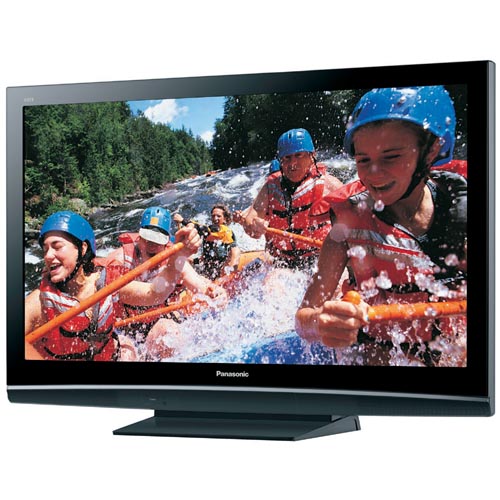Convenient multimedia 3
Based on the NAS, you can deploy a real media server at home
NAS is a separate computer with an embedded operating system (most often Linux) and its own large hard drive. Typically, these devices do not have a screen or keyboard, but are controlled and configured over the network, often using a browser, connecting to the device at its network address. The advantage of such a device is its lower power consumption compared to a PC, as well as silent operation. In addition, based on the NAS, you can deploy a full-fledged media server with a multimedia library and support for downloads from the Internet, including using various torrent clients.

By the way, most models just have pre-installed software for these purposes, but also supports the installation of third-party programs. Another important advantage of such systems is their low cost compared to full-fledged servers – at home, you can install a NAS for $ 350-500.
As a playback device, you can use a network media player (for example, QNAP NMP-1000P), connected to the NAS via an Ethernet connector via a network card or via a Wi-Fi wireless adapter (in this case, it is better to use Wi-Fi as a link). fi router). Accordingly, the network player connects to the TV using a component, composite or HDMI output, depending on what connectors it has. You can then control content from the NAS device directly using the TV remote control.
Instead of a network media player, you can use a DVD or Blu-ray player equipped with a hard drive and / or an Ethernet output – in addition to optical discs, they can play video and audio files directly from a hard drive (computer or own). In addition, modern devices in this category have quite large hard drives that can be used not only as a storage for a multimedia library (while freeing up free space on the PC’s HDD), but also for backing up important information from a computer. Of course, the functionality of such devices depends on the price category – for example, not all recorders have the ability to connect directly to a computer using a USB or Ethernet port (an example of such a device is the Pioneer DVR-LX61D).

And the volume of the hard drive, supported formats of media and files also depend on the price of the product. So for the full interaction of the recorder with a PC, you will have to fork out more than when buying a simple recorder, which only knows how to copy information from disks and record television programs. True, there are some nuances here. The fact is that some manufacturers “sharpen” their devices for viewing licensed content (to a greater extent this applies to Blu-ray players), that is, the player will be able to play optical discs, as well as search the Internet for paid resources selling video content. At the same time, it simply will not “see” your “shared” data on the hard drive under Windows. In this case, you will have to deploy a special Samba server that allows you to access network drives on various operating systems using a special protocol.
The use of hard drives in DVD players allows them to be used as storage media libraries
In principle, there are also Ethernet-enabled TVs that can connect to the NAS directly via a router. In addition, these TVs can connect to the Internet to search for content on popular audio and video hosting services. But it is certainly a very expensive pleasure.
